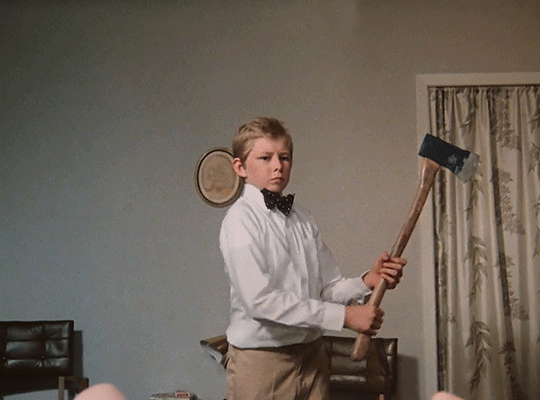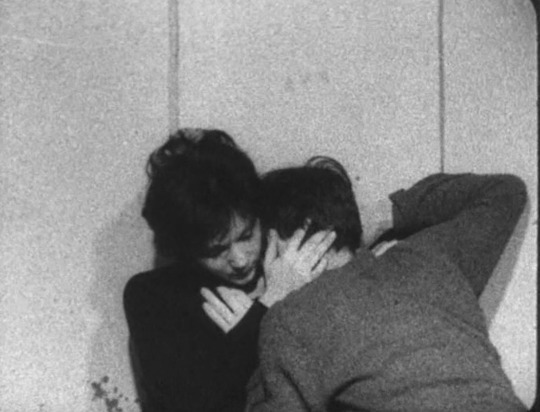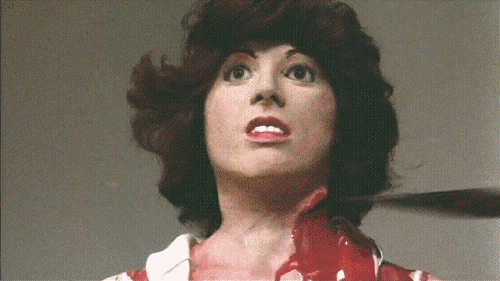#Romano Scavolini
Text



Nightmare (1981)
#Horror#Horroredit#Nightmare#Romano Scavolini#Scott Praetorius#Christina Keefe#CHB#1981#80s#Nightmares In A Damaged Brain
1K notes
·
View notes
Text

A mosca cieca (1966), dir. Romano Scavolini
490 notes
·
View notes
Text

Nightmare (1981)
38 notes
·
View notes
Text











Romano Scavolini
2 notes
·
View notes
Text










NIGHTMARES IN A DAMAGED BRAIN
USA
1981
Directed by Romano Scavolini
4 notes
·
View notes
Text


Un bianco vestito per Marialé AKA Spirits of Death, & A White Dress For Marialé (1972), Directed by Romano Scavolini.
#cult horror#grindhouse#horror#cult film#horror movies#gothic#giallo#mystery#thriller#giallo film#italian horror#1970s#70s movies#italian cinema#1972#eerie#70s horror#gothic horror#murder mystery#romano scavolini#luigi pistilli#ivan rassimov#evelyn stewart#ida galli#spirits of death#a white dress for mariale#lobby card#vintage#pilar velazquez
0 notes
Text




1 note
·
View note
Photo



Nightmares in a Damaged Brain (1981)
21st Century Film Corporation
Dir. Romano Scavolini
It’s claimed by the film’s makers that Tom Savini provided the practical special effects for Nightmares in a Damaged Brain. Savini himself says he has no recollection of working on this film.
#nightmares in a damaged brain#scott praetorius#christina keefe#romano scavolini#1980s horror#decapitation#practical special effects#tom savini
89 notes
·
View notes
Text

"Io mi ponevo un problema, che non era tanto la tematica, lo stile, eccetera. Io capivo, avevo capito, avevo intuito, non è che lo avessi capito intellettualmente, lo avevo proprio capito istintivamente, spontaneamente, era sorto dentro di me il problema che il cinema così come veniva fatto era in qualche modo una sorta di addomesticamento della coscienza, cioè lo spettatore entrava dentro la sala cinematografica, si sedeva, ad un certo punto si spegnevano le luci e entrava, e io con lui ovviamente quando ero spettatore, in uno stato alterato di coscienza. Questo è il problema. Io pensavo che lo spettatore dovesse essere tenuto sveglio, il cinema non doveva essere uno strumento per sognare, ma doveva essere uno strumento per svegliare lo spettatore. Per cui il mio cinema è stato sempre un cinema che rigettava lo spettatore tradizionale e cercava invece uno spettatore che sentisse il peso, la stanchezza della sedia dove stava seduto e che non si identificasse mai, mai, mai nessun istante, in nessun momento con quello che succedeva nello schermo e che alla fine del film pensavo, speravo, sognavo che in qualche modo fosse accaduto dentro di lui una sorta di click, un risveglio interiore. E sai che è successo? E' successo. Ad esempio al festival di Pesaro, quando fu presentato A mosca cieca, io fui accusato di aver fatto cinema, o di fare cinema soltanto per uno spettatore. E io dissi Sì, che se in qualche modo un solo spettatore fosse stato in qualche modo riscattato dal mio cinema io già lo consideravo una fatica ben investita."
Romano Scavolini
11 notes
·
View notes
Text


A mosca cieca (1966), dir. Romano Scavolini
41 notes
·
View notes
Photo








A White Dress for Marialé (Romano Scavolini, 1972)
111 notes
·
View notes
Text




Great posters! Film's rubbish tho
#horror#slasher#80s horror#nightmare#nightmare in a damaged brain#romano scavolini#horror movie#movie posters#shit
15 notes
·
View notes
Photo


Blood and Roses (1960) dir. Roger Vadim
A White Dress for Marialé (1972) dir. Romano Scavolini
#blood and roses#roger vadim#a white dress for marialé#romano scavolini#different contexts but I couldn't stop thinking about blood and roses dkoskd#un bianco vestito per marialé#screencaps#horror movies#mine#blood
44 notes
·
View notes
Text
Viddying the Nasties #27 | Nightmares in a Damaged Brain (Scavolini, 1981)

When I first really started delving into the video nasties, one of the things I wanted to see was how many of the films had, to paraphrase Roth v. United States, “redeeming social value.” And I’ve been fairly lucky in the sense that the films I’ve seen have been pretty good on average. Certainly the films of Dario Argento and Lucio Fulci are made with an obvious level of artistry that could make them easy to appreciate even for more squeamish viewers. Films like The Boogeyman present distinct, idiosyncratic visions while others like The Last House on the Left are undeniably important entries in their genre. And even films with content I found particularly hard to take, like Cannibal Holocaust, are at least interesting on a formal level. Which makes Nightmares in a Damaged Brain a particular challenge. It’s crudely made and sleazy as hell, but I found myself strangely compelled by it. Can a film with seemingly little to distinguish it other than sheer nastiness be considered “good”?
When we first meet our main character, he’s a patient in a mental institution haunted by a recurring nightmare, an elliptical mishmash of good old fashioned BDSM and actual splatter (the camera lingers on a neck from which a head has been severed). He’s undergoing experimental treatment to suppress his violent urges and is due to be released under supervision with regular check-ins to a halfway house. First night out, he strolls down New York’s infamous 42nd Street, takes time to enjoy a sex show, and then, when he starts talking to a sex worker (in one of those glass wall/phone/masturbation type things, don’t ask me what they’re called), he has a seizure. This of course means he’s relapsed (as you could guess from the title, the depiction of mental illness isn’t the most progressive) and pretty soon he’s back to killing again.
While this is happening, we cut to scenes of a family where the son is an incorrigible little shit who plays unfunny pranks on his mother and sisters. The father is rarely referred to, the mother looks like a young Hillary Clinton and her boyfriend, who attempts to be a moderating influence on the piece of shit son who the mother has given up trying to reason with, resembles a bearded Jamie Gillis. (Hey, I’m just reporting the facts here.) As one can guess, pretty soon their paths will cross, while the psychiatrists from the institution (one of whom looks like a portly David Cross who sounds like John Pinette most of the time and Gilbert Gottfried when he’s exasperated) and we’ll finally get a clear look at the nightmare that’s been haunting the main character and uncover the mystery behind him once and for all.
Out of the video nasties I’d seen before this, the closest in tone would be Maniac and Don’t Go in the House, which are also about insane murderers and depict their actions in unflinching detail. But where those films go to great lengths to put you in the anguished emotional space of their protagonists, this never makes much effort to create empathy for its killer. And like I said, the filmmaking is extremely rudimentary, giving the proceedings the aesthetics of a home movie. But that’s really where the movie starts working for me, as it takes on a directness and immediacy that starts to get under your skin and makes the gore (which Tom Savini claims to have “advised” but not actually work on, despite his name being on the credits) have a palpable impact. Making the kid an unmitigated little monster also works in its favour in this regard, because it puts all the characters in credible danger. (When I watched The Untold Story, I thought of how American movies generally have some reservations about having bad things happen to children, while exploitation movies from other countries may not have such reservations. This movie isn’t above killing off kids.) The result is something that feels genuinely transgressive, like something we shouldn’t be watching. The glimpse of the Caligula poster in the 42nd Street scene plays like a dare. Want to see something reeeeaaaally fucked up? Here you go.
3 notes
·
View notes









